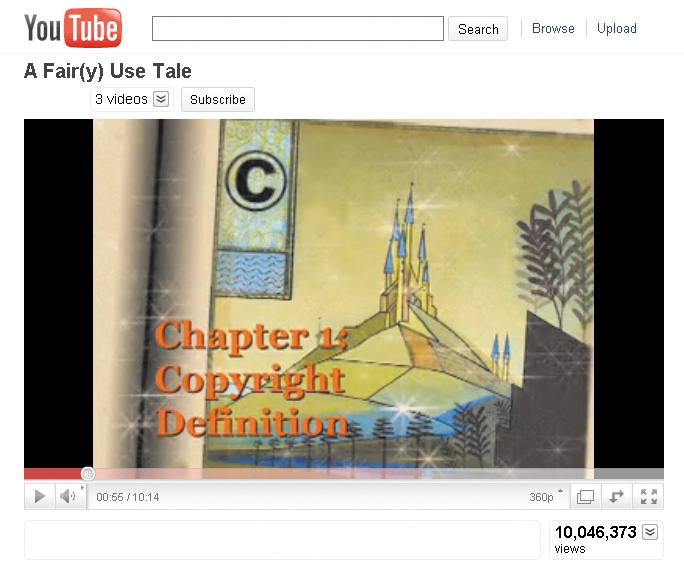Chapter 2 Introduction
DIGITAL MEDIA AND CONVERGENCE
2
The Internet, Digital Media, and Media Convergence
The Development of the Internet and the Web
The Web Goes Social
Convergence and Mobile Media
The Economics and Issues of the Internet
The Internet and Democracy

The cassette tape. The VHS video. The mass market paperback book. The digital turn in mass media has consigned all these objects to the dustbin (or thrift shop) of media history. Our digital culture and economy are in the process of outmoding yet another familiar object: the wallet. Traditionally, a wallet would hold a person’s money, credit cards, and perhaps photos of loved ones. Now, all these things can be accomplished with what has become the one essential device to take with you out of the home: a smartphone.
Photos have already shifted to smartphones (why carry a few photos of family, friends, and pets when you can have several hundred with you?), and soon credit cards and money will be right there on the same device. Several companies even make smartphone cases with a compartment for carrying ID cards, credit cards, and a few bills of old-
This shift of mobile phones into money exchange devices is already underway, with a number of digital start-
Of course, there is a cost to digital transactions. Credit cards typically charge merchants about 2 to 4 percent in various fees on each traditional credit card sale. (Visa and MasterCard control over 77 percent of the global market share of credit card purchases.)1 Square charges merchants 2.75 percent per swipe for transactions with major credit cards, although the retailers get the Square device and software for free. PayPal (owned by eBay since 2002), AT&T, Verizon Wireless, Google, Amazon, Apple, and start-
The biggest goal in digital transactions is enabling people to use their mobile phones to exchange money without involving the credit card companies and their high fees. One start-
Of course, cash is still the most secure medium for information security—

THE INTERNET, the vast network of telephone and cable lines, wireless connections, and satellite systems designed to link and carry digital information worldwide, was initially described as an information superhighway. This description implied that the goal of the Internet was to build a new media network, a new superhighway, to replace traditional media (e.g., books, newspapers, television, and radio), the old highway system. In many ways, the original description of the Internet has turned out to be true. The Internet has expanded dramatically from its initial establishment in the 1960s to an enormous media powerhouse that encompasses—
In this chapter, we examine the many dimensions of the Internet, digital media, and convergence. We will:
- Review the birth of the Internet and the development of the Web
- Provide an overview of the key features of the Internet, including instant messaging, search engines, and social media
- Discuss the convergence of the Internet with mobile media, such as smartphones and tablets, and how the Internet has changed our relationship with media
- Examine the economics of the Internet, including the control of Internet content, ownership issues, and the five leading Internet companies
- Investigate the critical issues of the Internet, such as targeted advertising, free speech, security, net neutrality, and access
As you read through this chapter, think back to your first experiences with the Internet. What was your first encounter like? What were some of the things you remember using the Internet for then? How did it compare with your first encounters with other mass media? How has the Internet changed since your first experiences with it? For more questions to help you think through the role of the Internet in our lives, see “Questioning the Media” in the Chapter Review.